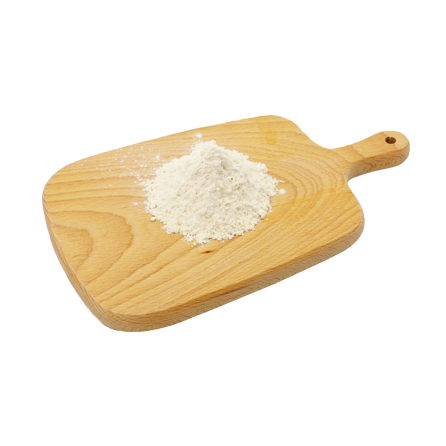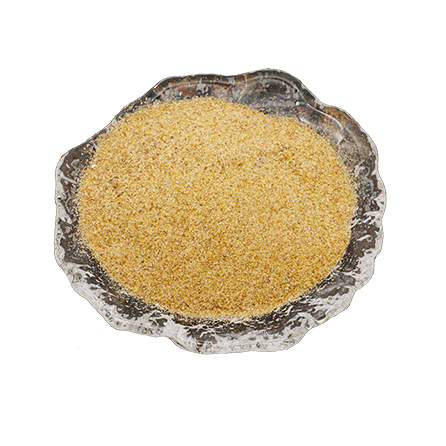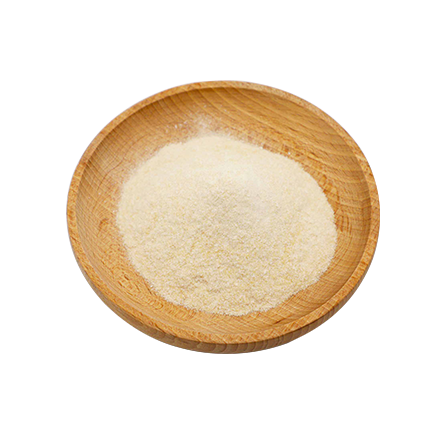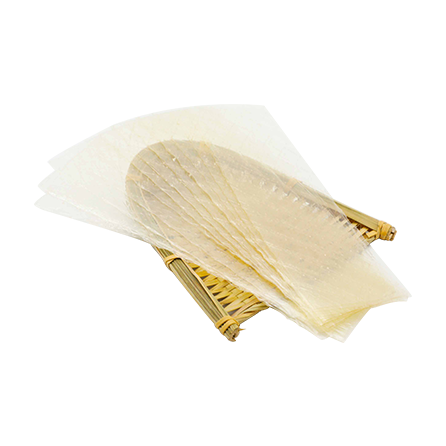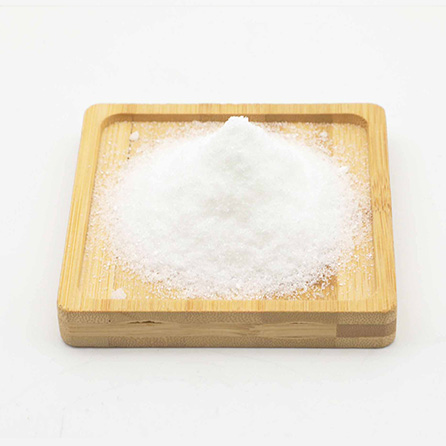
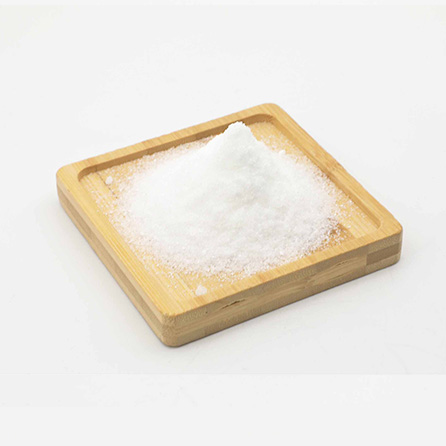
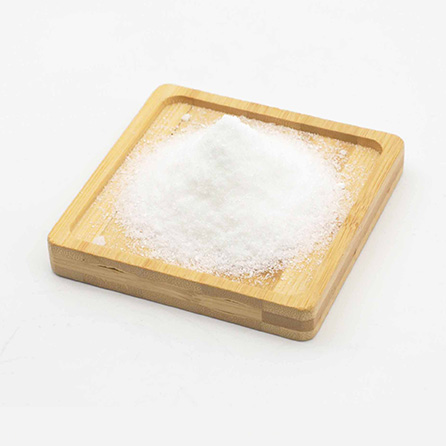



L-tartaric acid
Product Description:
L-Tartaric acid is an organic compound, 2,3-dihydroxysuccinic acid, a carboxylic acid with the chemical formula C4H6O6. Colorless translucent crystal or white fine to coarse crystalline powder with sour taste. Exist in a variety of plants, such as grapes and tamarind. It is also one of the main organic acids in wine.
product description
L-tartaric acid is widely found in fruits, especially grapes. It is the cheapest photoactive tartaric acid and is often referred to as "natural tartaric acid". Industrially, the main or even sole source of L-tartaric acid is still a natural product. L-tartaric acid can be obtained by acidification of tartar, a by-product of wine brewing.
Product properties
The chemical formula of L-tartaric acid is C4H6O6, and its appearance is colorless translucent crystal or white fine to coarse crystalline powder, with a sour taste. Density 1.76, melting point 168-172°, flash point 210°C, specific optical rotation 12° (c=20, H2O), water solubility 1390 g/L (20°C).
Applications
L(+)-tartaric acid is widely used as a sour agent in beverages and other foods, in wine, soft drinks, confectionery, bread, and certain gelatinous sweets. Using its optical activity, it can be used as a chemical resolving agent for the resolution of DL-aminobutanol, an intermediate in the manufacture of anti-tuberculosis drugs; it can also be used as a chiral raw material for the synthesis of tartaric acid derivatives; its acidity can be used as a polyester fabric resin Catalyst for finishing, PH regulator for oryzanol production. As an antioxidant added to food, it can make food have a sour taste. The biggest use of tartaric acid is a beverage additive and a raw material for the pharmaceutical industry.


